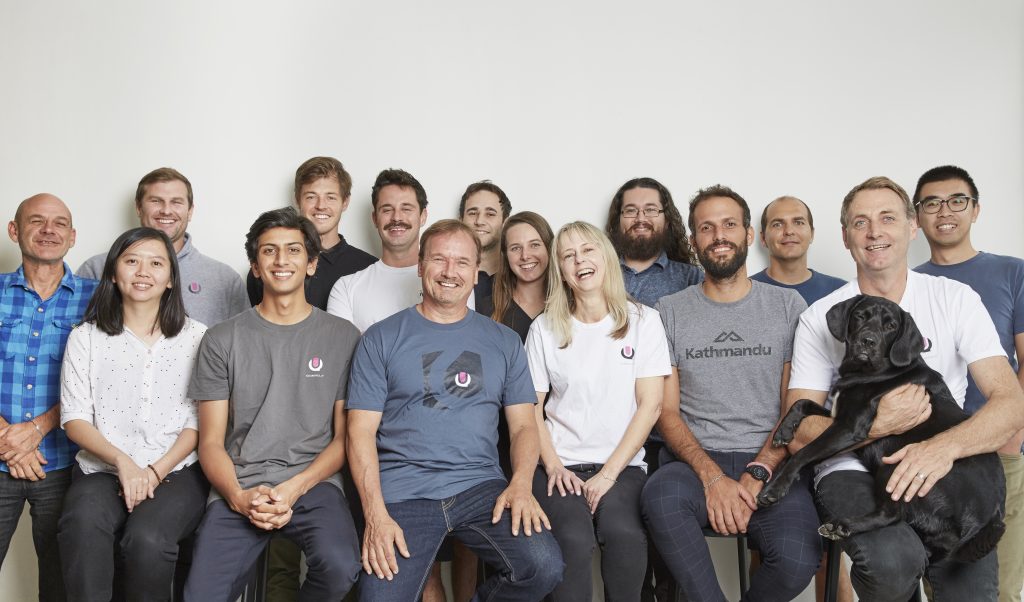Get your minimum stock level right


Get your minimum stock level right
22 June 2022
3
min read
Indogal Indonesia turns to QU to combat supply chain disruption


Indogal Indonesia turns to QU to combat supply chain disruption
13 December 2021
4
min read
QU software a key link between efficiency and sustainability


QU software a key link between efficiency and sustainability
16 November 2021
3
min read
Meet the team behind Quantiful's Singapore expansion


Meet the team behind Quantiful's Singapore expansion
11 August 2021
1
min read
Quantiful Interns - Class of Summer 2020/2021


Quantiful Interns - Class of Summer 2020/2021
09 August 2021
1
min read
Everything you need to know about Quantiful's Summer Internship Program 2021/22


Everything you need to know about Quantiful's Summer Internship Program 2021/22
01 August 2021
3
min read
Quantiful expands presence in Asia


Quantiful expands presence in Asia
24 June 2021
1
min read
AI - the solution to future proofing the ag industry


AI - the solution to future proofing the ag industry
03 May 2021
4
min read
5 Key Demand Planning Recommendations for the iPhone 12


5 Key Demand Planning Recommendations for the iPhone 12
30 October 2020
6
min read